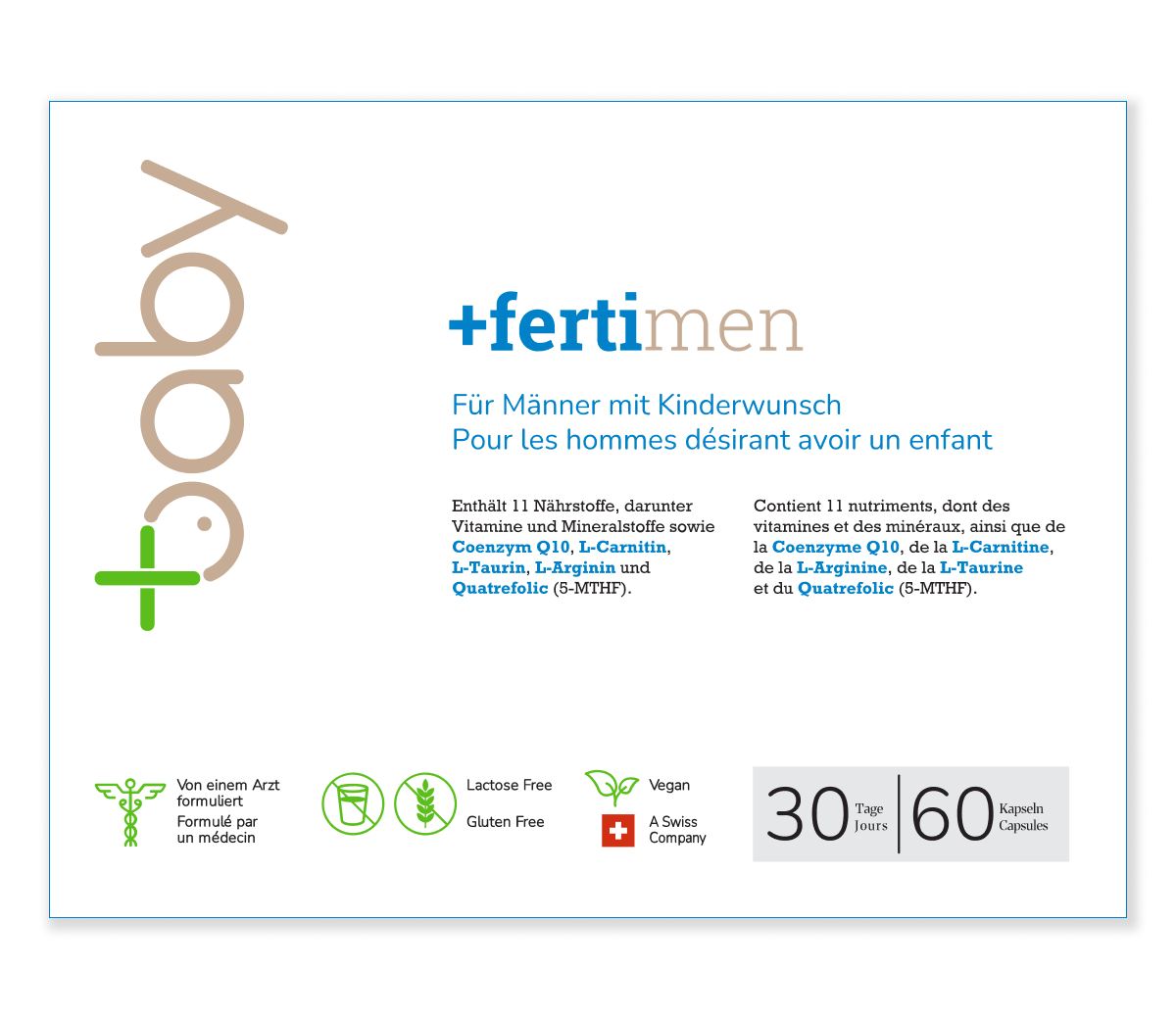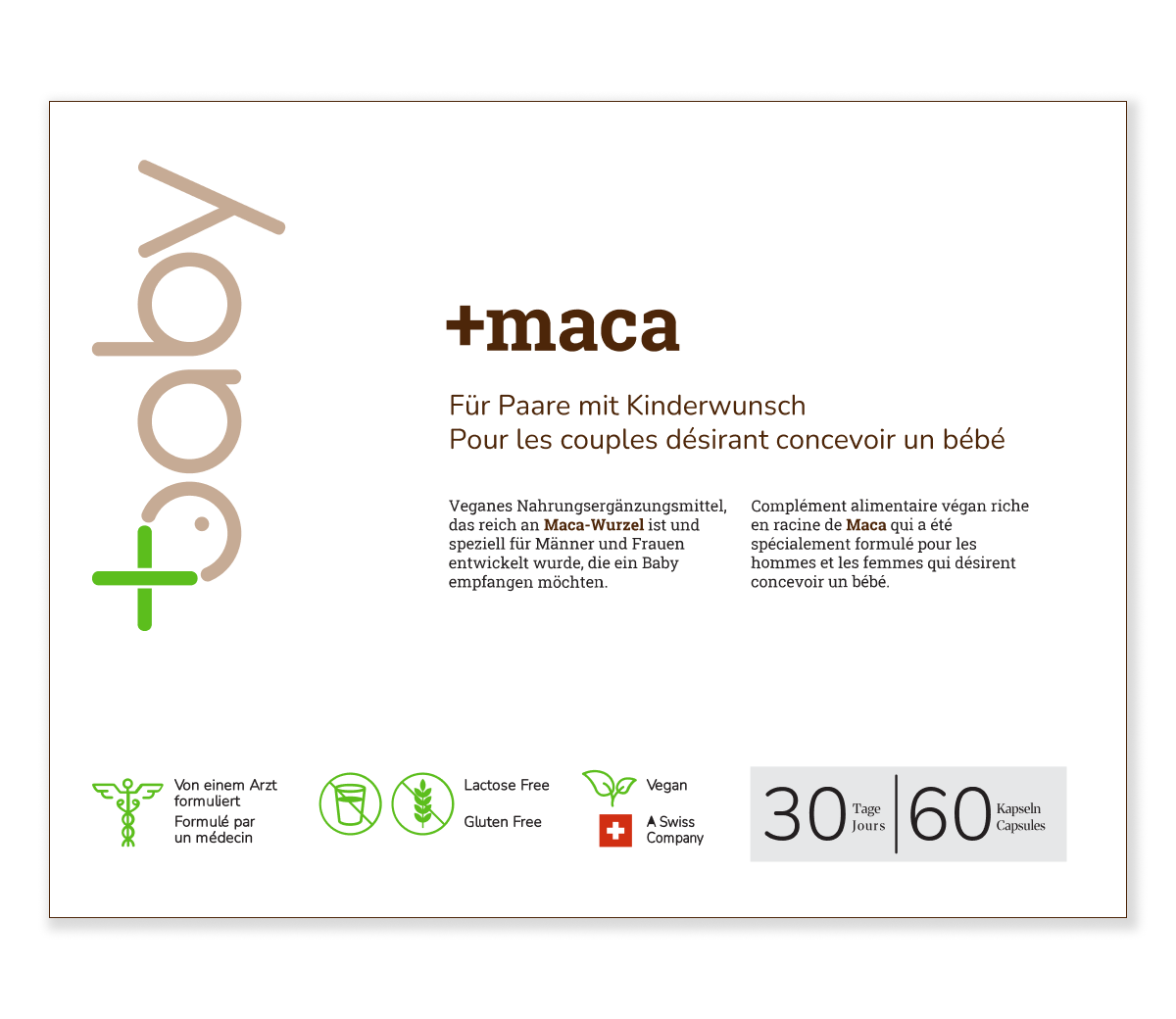When to have an ovulation test? Understanding how your body works is a key step in the adventure of wanting a child. Carrying out an ovulation test can be decisive when you are trying to conceive. These tests, which detect an increase in the level of the hormone LH (luteinising hormone) in the urine, are designed to identify the best days to have intercourse and maximise the chances of conception. This article explores in detail when and how to use these tests effectively.
Table of Contents
ToggleUnderstanding ovulation and your cycle
Ovulation is the moment when an egg is released from one of the ovaries and is ready to be fertilised. Knowing when this phase occurs allows you to use the ovulation test in the best possible way. Generally, ovulation occurs around the middle of your menstrual cycle. However, this timing can vary considerably from one woman to another, and even from one month to the next in the same woman. Signs of ovulation include a slight rise in basal body temperature, changes in cervical mucus or increased breast tenderness.
What is ovulation?
Ovulation is a key biological process in the female reproductive cycle. It is the moment in the menstrual cycle when a mature egg is released from one of the ovaries, ready to be fertilised by a sperm, which can lead to pregnancy.
To fully understand ovulation, it is useful to know the phases of the menstrual cycle, which lasts on average between 28 and 35 days for most women, although this can vary. The follicular phase begins on the first day of menstruation and ends with the onset of ovulation. During this phase, the brain secretes follicle stimulating hormone (FSH), which stimulates the ovarian follicles to mature. Several follicles begin to develop, but generally only one will reach full maturity.
Towards the middle of the cycle, a spike in luteinising hormone (LH) causes the dominant follicle to rupture and the egg to be released. This LH peak is often used in ovulation tests to predict the best time to conceive.
After ovulation, the ruptured follicle transforms into a corpus luteum, which produces progesterone. Progesterone prepares the uterus for possible implantation of the embryo. If fertilisation does not occur, the corpus luteum degenerates, progesterone production decreases and a new menstrual cycle begins.
There are several signs that may indicate that ovulation is imminent or underway. For example, the cervical mucus becomes lighter, more elastic and egg-white-like, which helps to facilitate the passage of sperm towards the egg. A slight rise in basal body temperature may be observed after ovulation, and this temperature remains high until the end of the cycle. Some women experience mild pelvic pain or discomfort, often referred to as “ovulation pain” or “mittelschmerz”, which may last from a few minutes to a few hours.
The fertile period around ovulation is relatively short. Although the egg survives only 12 to 24 hours after its release, sperm can remain viable in the female reproductive tract for up to five days. The fertile window is therefore generally estimated at around six days per cycle: five days before ovulation and the day of ovulation itself.
Many factors can influence ovulation, including hormonal imbalances such as polycystic ovary syndrome (PCOS), too much or too little body weight, excessive stress and certain illnesses and medical conditions.
Ovulation is a complex and vital process in human reproduction. Understanding this phenomenon can help women better manage their reproductive health, plan a pregnancy or avoid an unwanted conception. For women who have difficulties with their cycle or ovulation, it is advisable to consult a healthcare professional for advice tailored to their specific situation.
When is the right time to carry out an ovulation test?
Identifying the right time to carry out an ovulation test is crucial. The best advice would be to start testing a few days before your expected ovulation date. For a woman with a regular 28-day cycle, it is recommended to start testing around day 10 after the start of her period. Using a calendar to track your cycle and make estimates can also help.
Cycle day: Noting the first day of your last period as day 1 and testing 10 days later can increase your chances of detecting the LH peak.
Frequency of testing: Testing every day at the same time increases accuracy.
Type of test: There are digital tests and test strips, each with its own instructions for use, which should be followed carefully.
Interpreting ovulation test results
A positive result indicates that the LH peak has been detected and that ovulation should occur within the next 24 to 36 hours. This result is a strong signal to plan intercourse with your partner during this window of fertility. A negative result suggests that the LH peak has not yet occurred and that the test should be repeated the following day.
Why are ovulation tests important?
Ovulation tests don’t just detect the LH peak; they also provide a window into the subtle hormonal fluctuations that regulate a woman’s fertility cycle. Understanding these variations can help anticipate the best time to conceive, particularly for those with irregular cycles or unclear ovulation symptoms.
What is the basal body temperature curve?
In addition to urine tests, the use of the basal body temperature curve is an effective complementary method for identifying the post-ovulation period, which manifests itself as a slight rise in temperature. Monitoring this temperature every morning can confirm whether ovulation has occurred, even if the ovulation test missed it.
Tips for optimum use of ovulation tests
For optimal use, it is advisable to avoid drinking large quantities of liquid before taking an ovulation test. This could dilute the LH hormone in the urine, making the test less sensitive. Also, for women who work nights or irregular hours, it is advisable to take the test at a consistent time in their daily routine to obtain reliable results.
When should an ovulation test be carried out?
An ovulation test must be precisely timed to be effective. If you have a regular 28-day menstrual cycle, ovulation generally occurs around day 14, counting from the first day of your last period. However, since the peak in luteinising hormone (LH) that triggers ovulation generally occurs 24 to 36 hours before ovulation, it is advisable to start testing a little earlier.
For a 28-day cycle, you should start using ovulation tests from day 10 of the cycle and continue until you get a positive result, indicating that ovulation is imminent. If your cycle is longer or shorter, you can adjust these days accordingly. The general rule is to start the test about four days before your expected ovulation date. For most women, this means starting testing between the 10th and 12th day of their cycle.
In short, for a 28-day menstrual cycle, start ovulation testing on day 10 of your cycle.
When is the right time to have sex to get pregnant?
The ideal time to have sex to maximise the chances of conception is during the fertile period, which peaks around ovulation.
Ovulation generally occurs around 14 days before the start of the next menstrual period, but this can vary from one woman to another and even from one cycle to another in the same woman.
To effectively target this fertile window, it is advisable to have sexual intercourse a day or two before ovulation and up to 24 hours afterwards. This is because sperm can survive in the female reproductive tract for up to 5 days, while the egg remains viable for around 24 hours after its release. Having sexual intercourse during this period therefore maximises the presence of spermatozoa in the fallopian tubes when the egg is released, thereby increasing the chances of fertilisation.
To sum up, the best time to have sexual intercourse to conceive is from 2 to 3 days before ovulation to one day afterwards. Using ovulation tests to predict the peak of luteinising hormone (LH) can help you plan precisely when to have intercourse.
What are the psychological implications of using ovulation tests?
It’s also essential to consider the psychological impact of using ovulation tests. While these tests can offer hope and a degree of control over the conception process, they can also be a source of stress and anxiety if ovulation does not occur as expected or if the results are continually negative. It’s important to approach this process with the right support and a realistic outlook.
Ovulation tests are a valuable tool for many couples trying to conceive. By closely monitoring the ovulatory cycle, couples can increase their chances of success. However, it is crucial to approach this process with patience and without undue pressure, remembering that every couple is unique and that many factors can influence fertility.
Frequently asked questions about ovulation tests
How does an ovulation test work?
An ovulation test detects the presence of luteinising hormone (LH) in the urine. A peak in LH generally occurs 24 to 36 hours before ovulation, indicating that ovulation is imminent.
When should I start using an ovulation test?
You should start using an ovulation test a few days before your expected ovulation date, usually around day 10 of your cycle if you have a 28-day cycle.
How often should I do an ovulation test?
It is advisable to perform an ovulation test once a day until you obtain a positive result indicating the LH peak. It is advisable to use them for 6 days during each sign to see how the hormone develops and to identify the day when it is most present, which means that it is the day of ovulation.
What should I do if my ovulation test is still negative?
If you still get a negative result, you can try testing at different times of the day, make sure you don’t dilute your urine too much (limit your fluid intake before the test), or consult a healthcare professional to discuss other methods of ovulation monitoring.
Can I reuse an ovulation test?
No, ovulation tests are for single use only and should not be reused.
Are ovulation tests reliable?
Ovulation tests are generally reliable when used correctly. However, factors such as medication and certain medical conditions can affect their accuracy.
Can an ovulation test be used as a contraceptive?
No, ovulation tests should not be used as a contraceptive method as they only indicate the most fertile days, but do not guarantee the absence of ovulation at other times.
How should the results of an ovulation test be interpreted?
A positive result (two lines or a heart on the Plusbaby product) indicates that the LH peak has been detected and that ovulation should occur within the next 24 to 36 hours.
Can a pregnancy test be used as an ovulation test?
No, pregnancy tests and ovulation tests measure different types of hormone. Pregnancy tests detect hCG, while ovulation tests detect LH.
Can ovulation occur without detecting an LH peak?
It is rare, but possible, for ovulation to occur without an LH peak detectable by ovulation tests, especially in women with irregular cycles or atypical hormone levels.
Are ovulation tests reliable?
They generally are, provided that the instructions are followed correctly and that the factors influencing the menstrual cycle are taken into account.
Can an ovulation test be used to prevent pregnancy?
These tests are designed to aid conception, not to be used as a contraceptive method. However, they can be used as an indication of your fertile period, but another method of contraception is necessary.
How do variables such as stress or illness affect ovulation?
Stress and health can delay or advance ovulation, thus affecting the accuracy of the tests.
Optimising the use of ovulation tests to improve the chances of conception
How can you maximise their effectiveness? when to have an ovulation test?
When to have an ovulation test? Firstly, maintaining a healthy and stable lifestyle helps to regulate your cycle and therefore better predict and identify the optimum time for ovulation. In addition, keeping a diary of your cycles can help you observe patterns or irregularities that affect fertility.
It is also beneficial to talk to a healthcare professional if you have specific questions about your cycle or the conception process in general. They can offer personalised advice based on your medical history and lifestyle, increasing your chances of success.
Finally, it’s vital to remain patient and positive. Conception can take time and often requires several cycles to be successful. However, a careful and informed approach, combined with the judicious use of ovulation tests, can play a significant role in your journey towards parenthood.
Patience and the right information are your best allies on this journey of hope and anticipation. Although the road may sometimes seem long and fraught with uncertainty, making conscious use of the means available today can go a long way towards achieving your longed-for goal.








